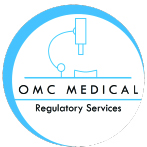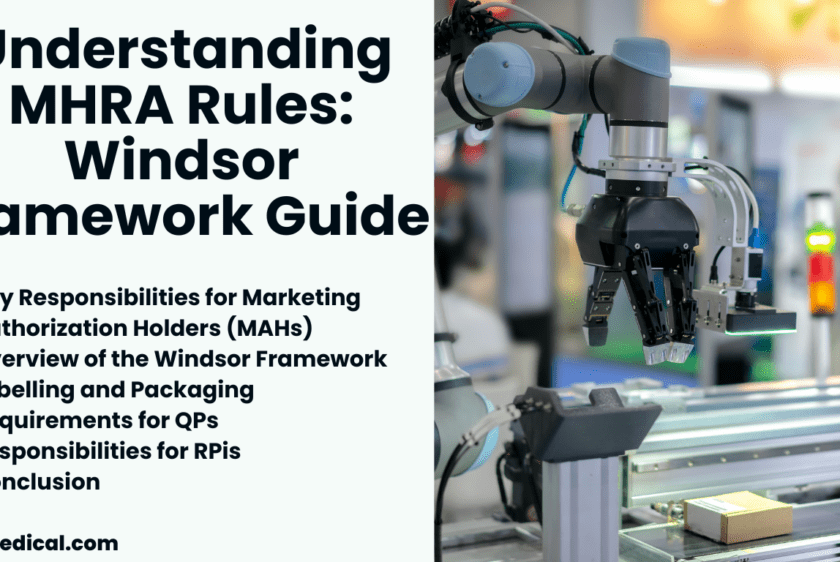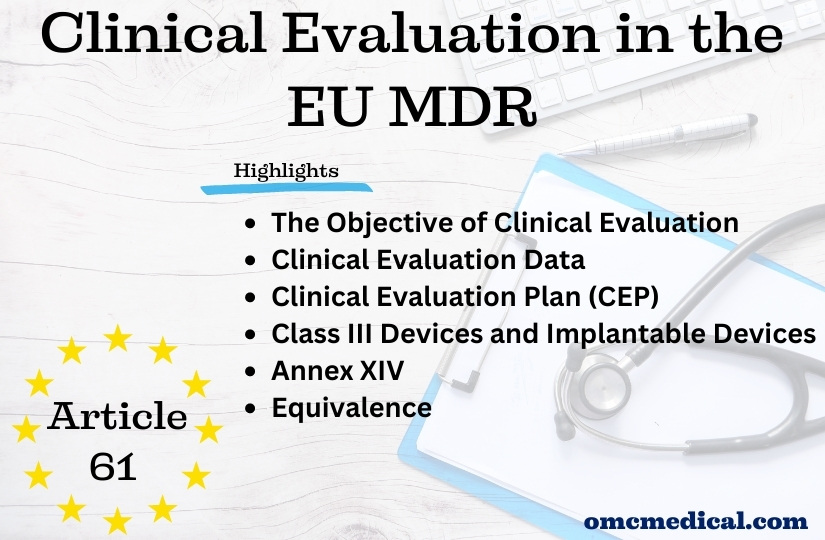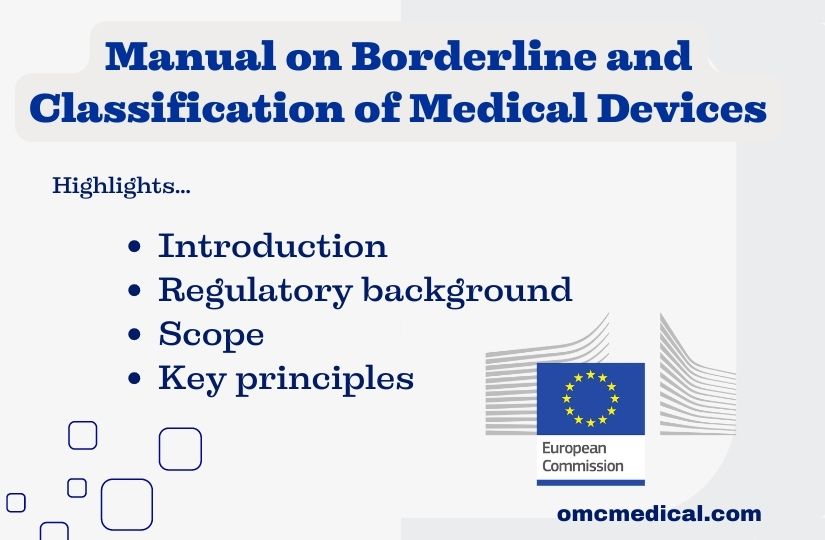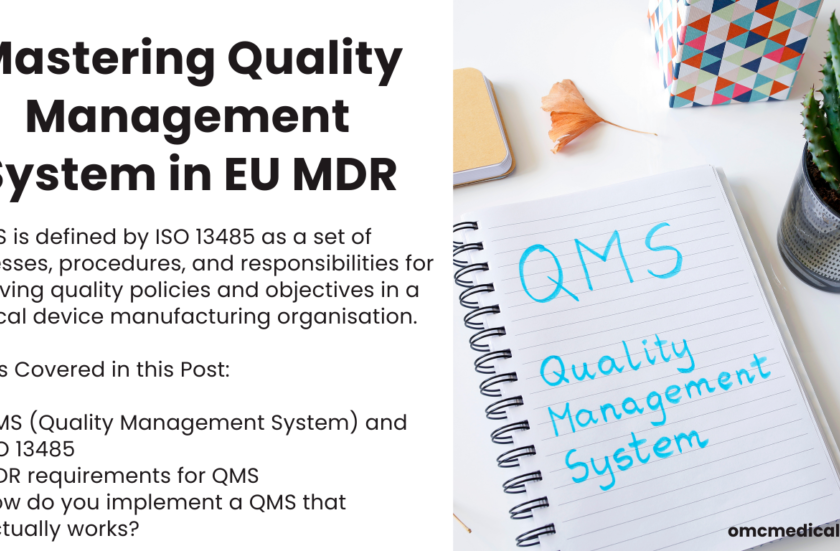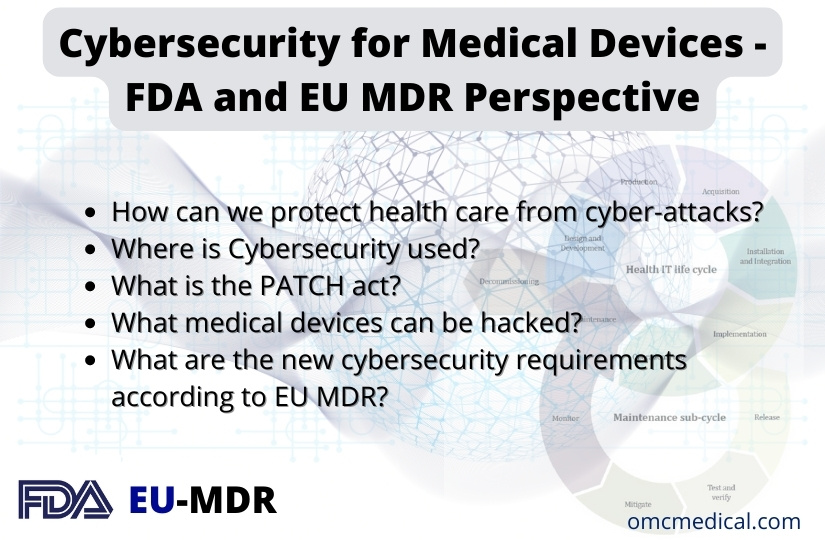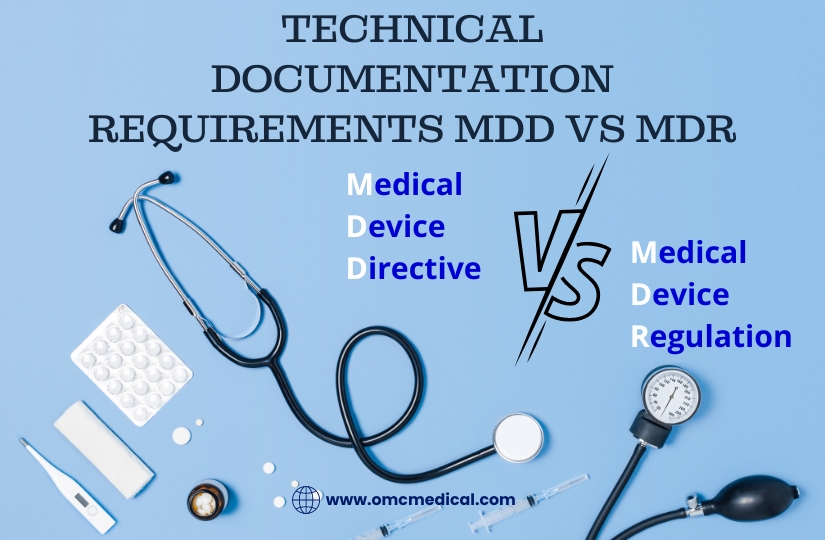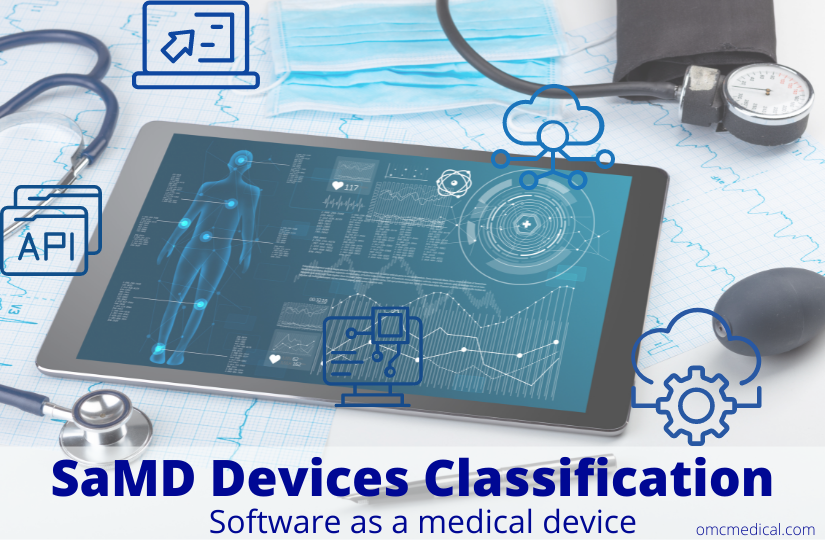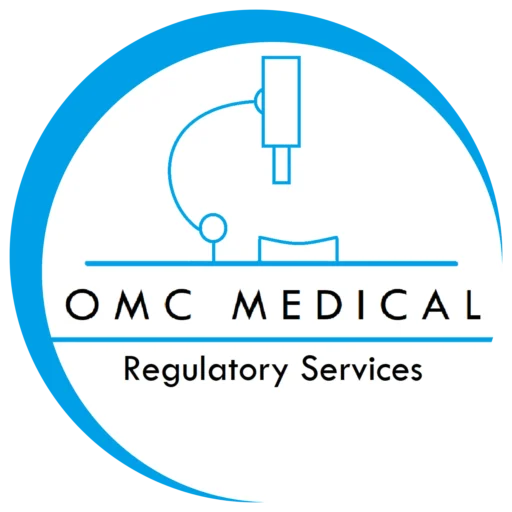EU
This essential guidance is tailored for manufacturers and wholesale dealers authorized by the Medicines and Healthcare products Regulatory Agency (MHRA). It serves as a comprehensive resource for Qualified Persons (QPs), Responsible Persons (RPs), and Responsible Persons for Import (RPis) to effectively implement the Windsor Framework’s new arrangements for human medicines. Key Responsibilities for Marketing Authorization Holders (MAHs) Marketing Authorization Holders must communicate any chan...
MDCG 2022-16 Guidance for Authorised Representatives (AR)
Article 11 of the Regulation (EU) 2017/745 on medical devices (MDR) and EU Regulation (EU) 2017/746 on in vitro diagnostic medical devices (IVDR) outlines the obligations and responsibilities for the Authorised Representatives (AR). Authorised Representatives (AR) – MDCG 2022-16 Guidance Key points are taken for Authorised Representatives in accordance with the guidance:...
Article 61 Clinical Evaluation in the EU MDR
Article 61 Clinical Evaluation The MDR reinforces the clinical data and evaluation process (article 61 and Annex XIV), and the manufacturer must confirm the device’s conformity to fundamental health and safety requirements using reliable clinical data and evaluation. The clinical evaluation establishes the device’s safety and capacity to fulfil its intended function. It also evaluates adverse side effects and determines whether the benefit-risk ratio is acceptable. Manufacturers must...
Manual on Borderline and Classification of Medical Devices
New guidelines on how to distinguish between medical devices and medical products under the Medical Devices Regulation have been published by a working group of the European Commission (MDR). The new recommendations from the European Medical Device Coordination Group (MDCG) cover “borderline products” that are difficult to classify as either medical devices subject to the MDR requirements or medical products for human use subject to the requirements of Directive 2001/83/EC (MPD) for CE...
Understanding Borderline Cosmetics in the EU
by OMC Medical | Dec 13, 2023 | Cosmetics, EU Understanding the distinctions between product classes within the European cosmetics landscape can be complex and ambiguous, often requiring input from authoritative bodies. Certain products may share similarities but fall under different regulatory frameworks. When products straddle these frameworks, they’re termed “borderline” by the European Commission (EC). Clear comprehension of a product category is vital to determine the regul...
Global Labelling Requirements
Label, Labelling vs Instructions for Use (IFU)? 1. A Label is the written, printed, or graphic information that goes on the packaging of the medical device. 2. Instructions For Use (IFUs) or Package Insert is the essential information accompanying the medical device for its safe and effective use by the user. It can be a single to multiple-page document. 3. Labelling is the content that goes on the Label or IFUs. What are the minimum requirements for labeling? The ISO has published many standard...
Cybersecurity for Medical Devices – FDA and EU MDR Perspective
Cybersecurity for Medical Devices FDA –Food and Drug Administration The revolution in the digital sector has resulted in the Internet of Things (IoT), Software as a Medical Device (SaMD), Internet of Medical Things (IoMT) and other connected devices permeating the healthcare environment, both in hospital and home, has ended up with the possibility of cyberattacks and intrusions against the connected medical devices and the networks to which such a device is connected. Most Medical devices are...
Technical Documentation Requirements MDD Vs MDR
Check out the difference between MDD vs MDR MDD vs MDR MDD A MDD Technical documentation must include: MDR All Technical documentation requirements of MDD must be presented for the MDR alongside the below additional list: Device Description and Specifications Information to be supplied by the manufacturer Design and Manufacturing Information General Safety and Performance Requirements Benefit-Risk Analysis and Risk Management The benefit-risk analysis, the solutions adopted, and the results of t...
SaMD Devices Classification
SaMD is software intended for one or more medical purposes that perform these without being part of a hardware medical device. Medical device software is meant to be used, alone or in combination, for a purpose specified in the definition of a “medical device” in the MDR or IVDR, regardless of whether the software is independent or driving or influencing the use of a device. You can read more on the SaMD Regulation here. To be qualified as medical device software, the product must first...
